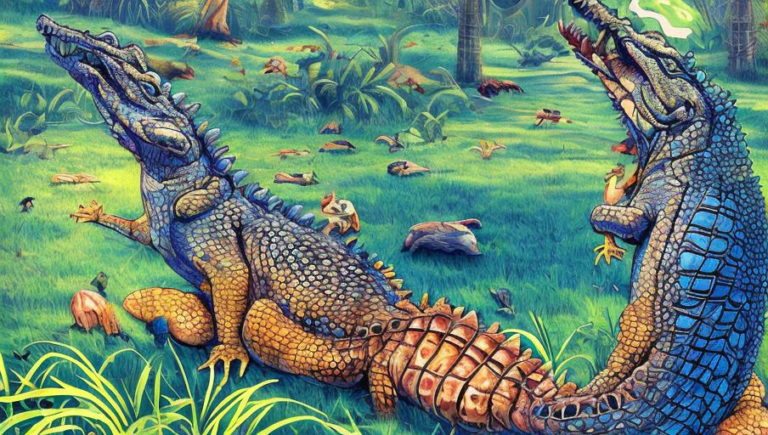Outdoor Armadillo Encounters

Introduction
Armadillos are small mammals native to Central and South America. They are part of the family Dasypodidae, meaning “hairy feet”. There are 20 different species of armadillos, all of which have a hard outer shell composed of bony plates. Armadillos are well-known for their ability to curl up into a ball when threatened and for their digging capabilities. They are most active at night and during the day they can often be found sleeping in their underground burrows. Although armadillos are not as easy to spot as other animals, it is possible to encounter them in outdoor settings.
Behavior and Habits
Armadillos are solitary animals, with each individual possessing its own unique burrow. They are also nomadic, meaning they travel from place to place in search of food. Armadillos have poor eyesight and rely on their sense of smell to find food, which can include insects, worms, and small vertebrates. When foraging for food, armadillos are also known to create shallow holes in the ground. They can also be found near ponds and rivers as they enjoy wallowing in the mud to keep cool during hot summer days.
Encountering an Armadillo in the Wild
If you are lucky enough to encounter an armadillo in the wild, there are a few things to keep in mind. Armadillos can be startled easily, so it is important to remain still and quiet so as not to disturb them. It is also important to give them enough space so that they feel safe and secure. If an armadillo does decide to approach you, do not attempt to pet it or pick it up as this can stress them out and make them feel threatened. Simply admire them from a distance and take in their unique appearance and behavior.
Conservation Status
Although armadillos are not classified as an endangered species, their numbers are declining due to habitat destruction, hunting, and the spread of disease. It is important to be mindful of these animals if you encounter them in the wild and to take steps to protect their habitats. Additionally, there are a number of conservation organizations that are working to protect armadillos and their habitats. By supporting these organizations, we can work together to ensure that armadillos are around for generations to come.
Conclusion
Armadillos are fascinating creatures, but they are often overlooked due to their small size and nocturnal habits. If you are lucky enough to encounter one of these animals in the wild, be sure to admire them from a distance and take steps to protect their habitats. By supporting conservation organizations, we can work together to ensure that armadillos continue to thrive in the wild for generations to come.





